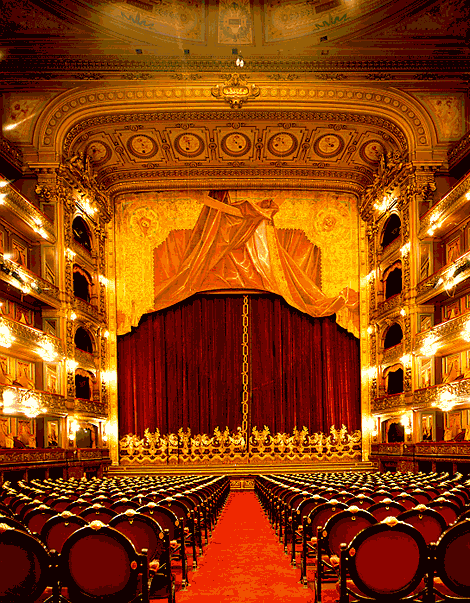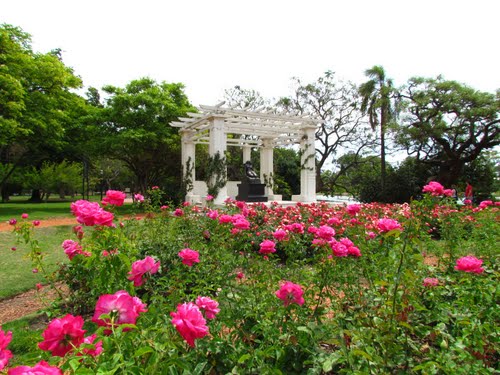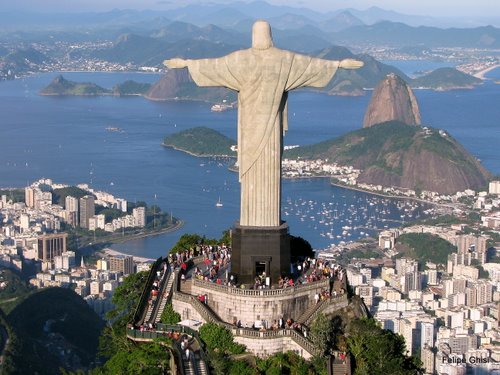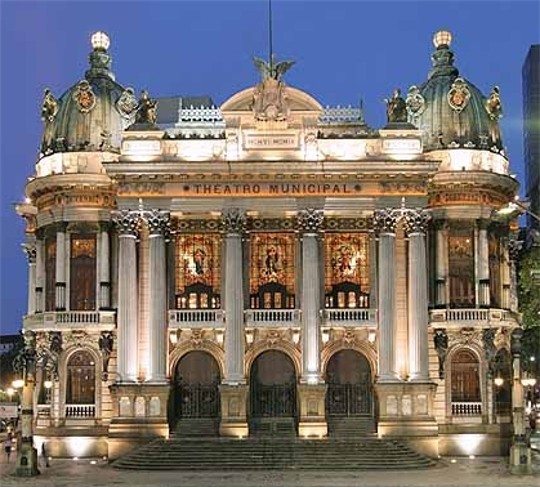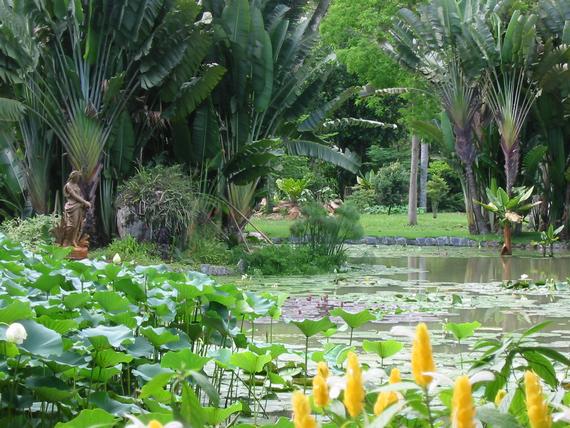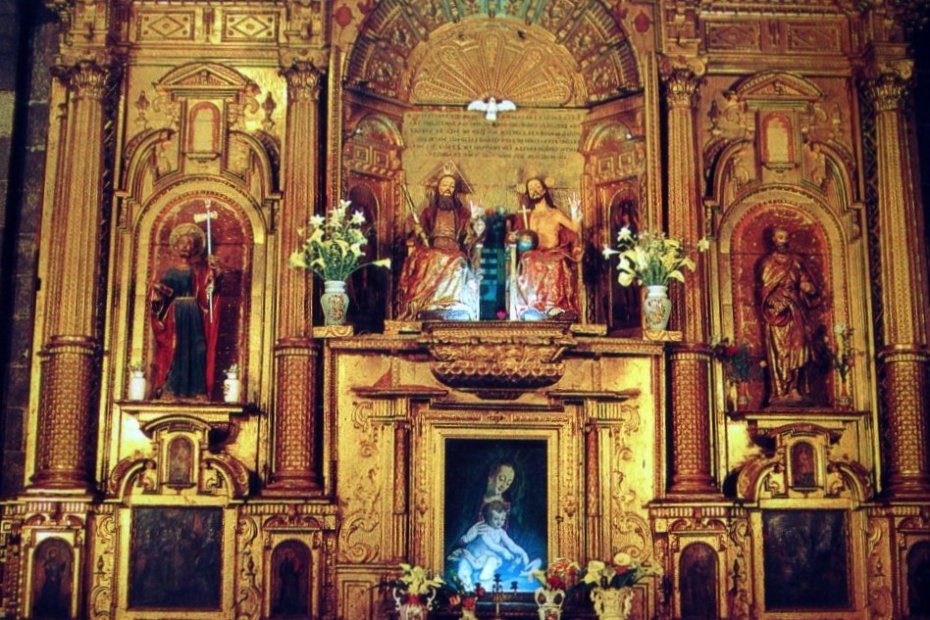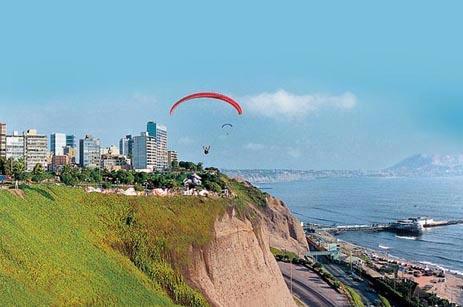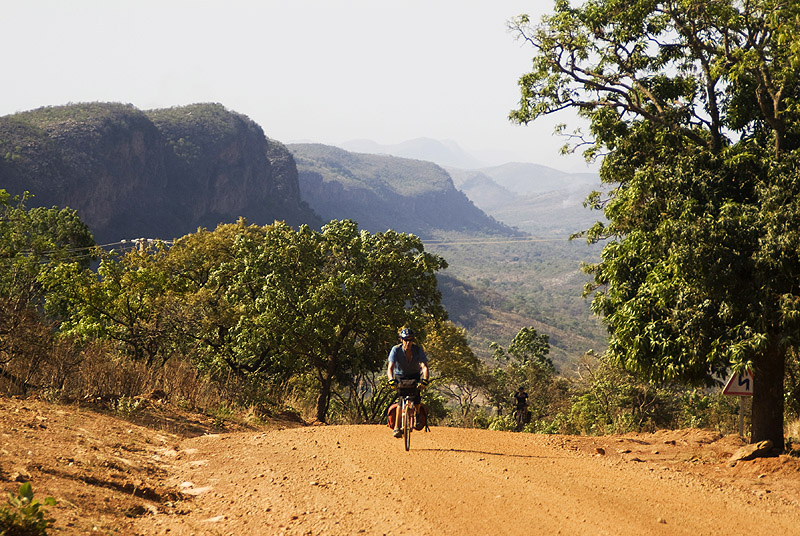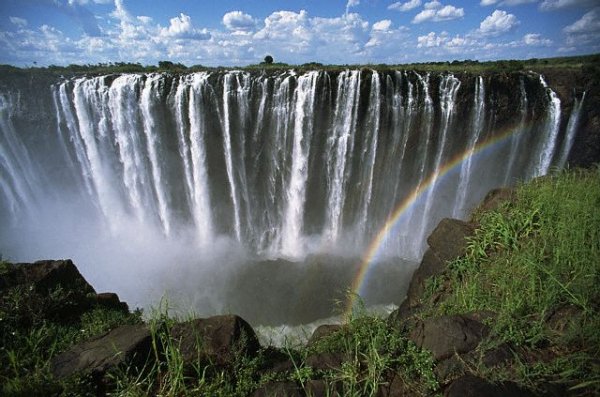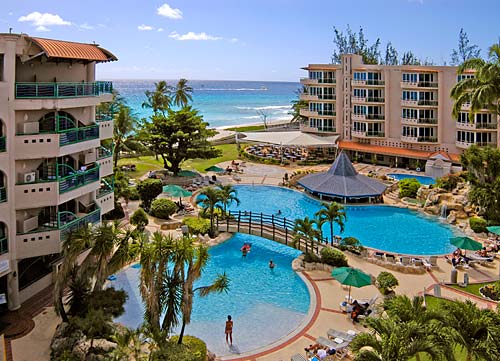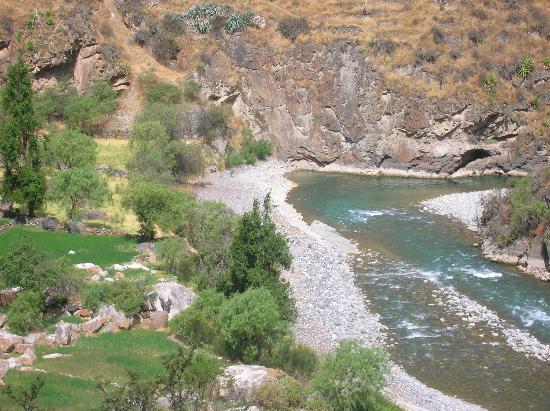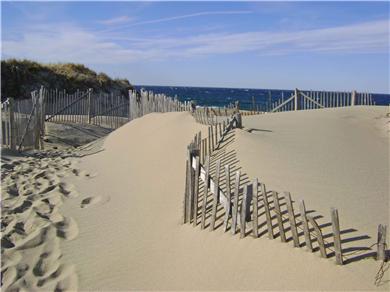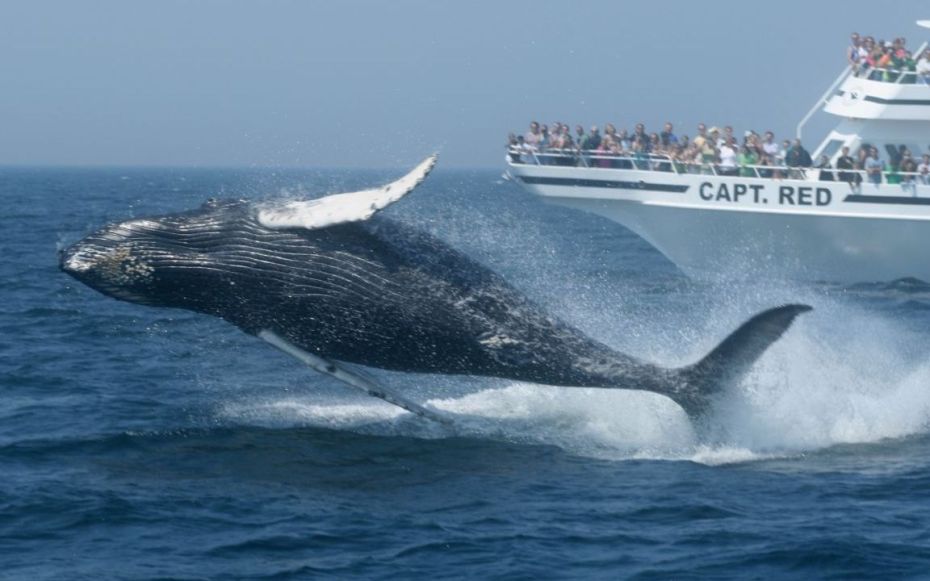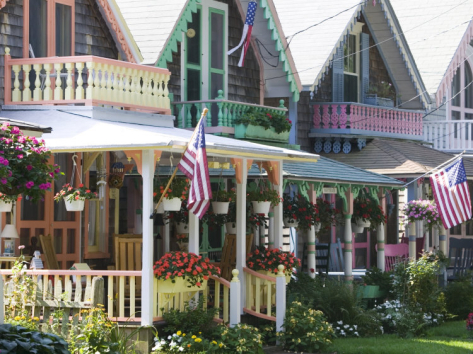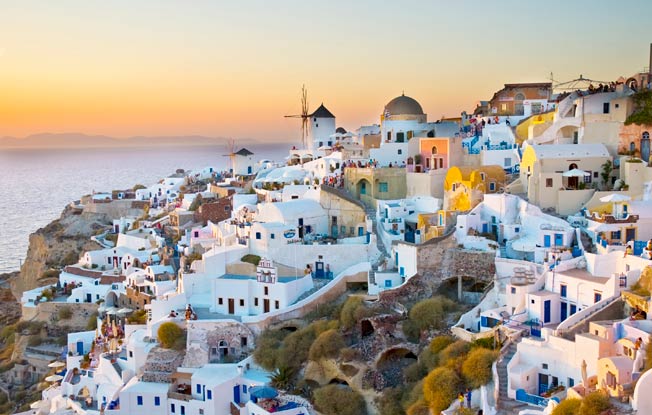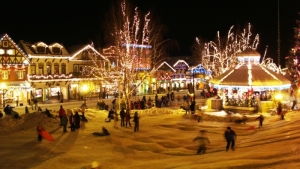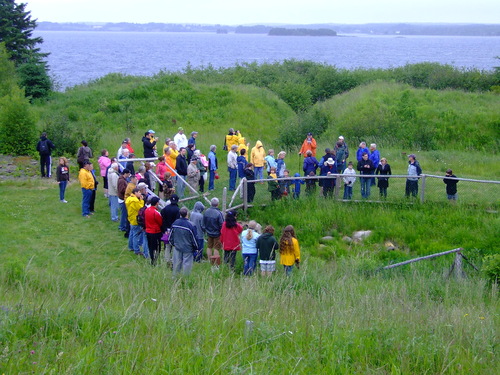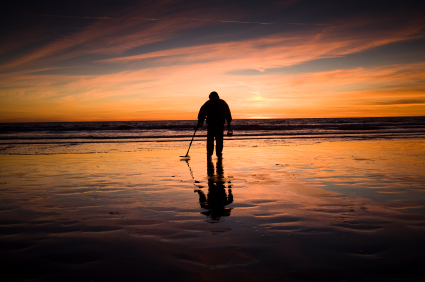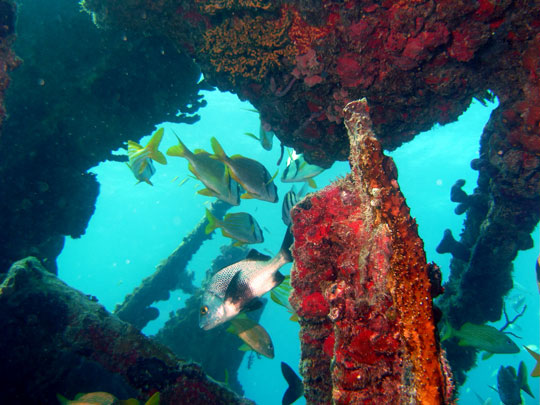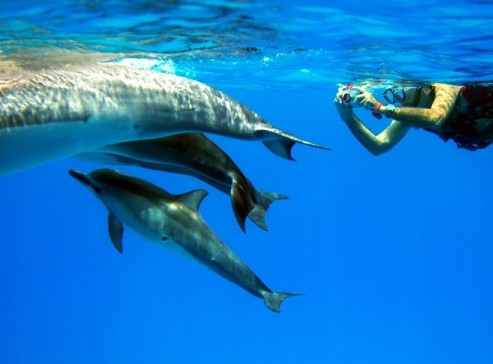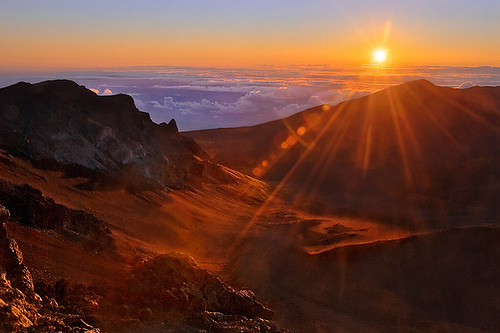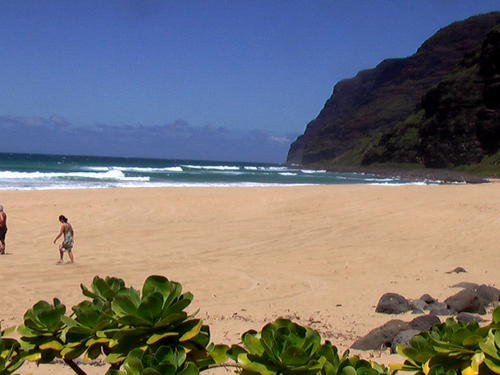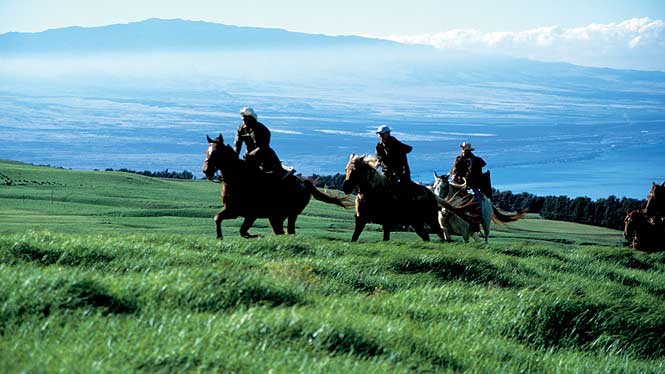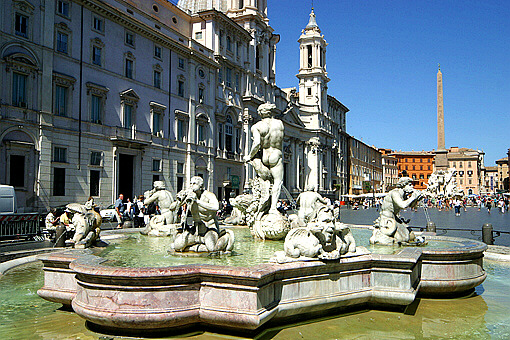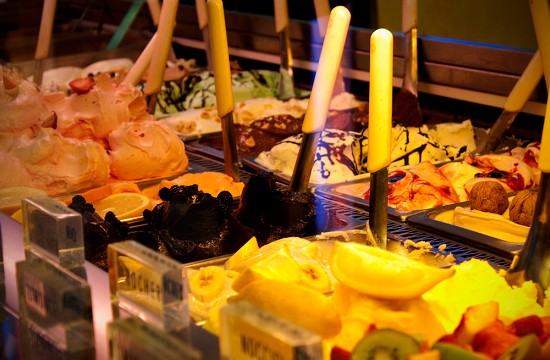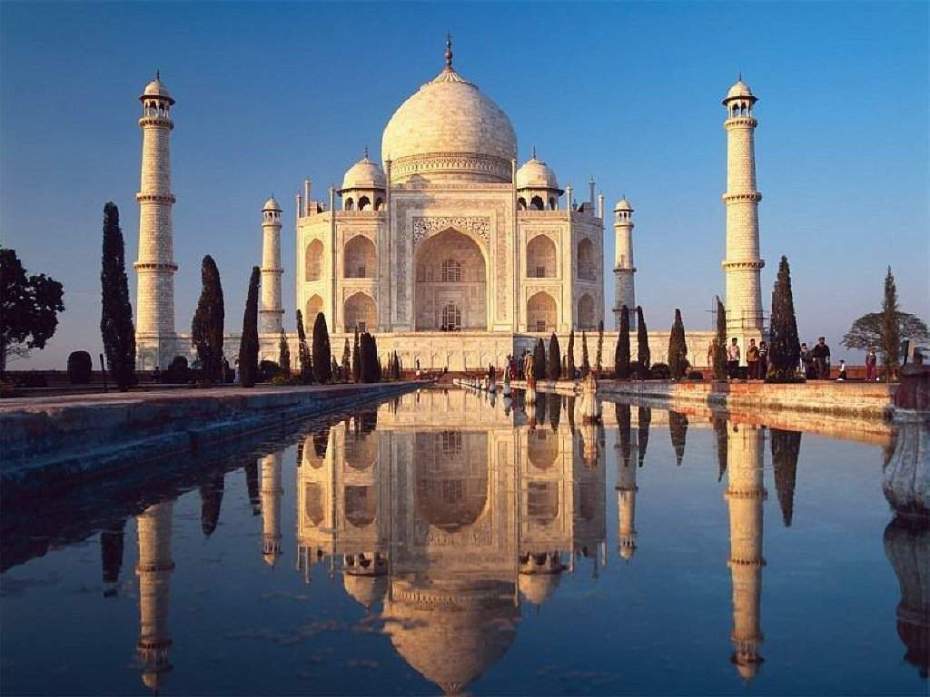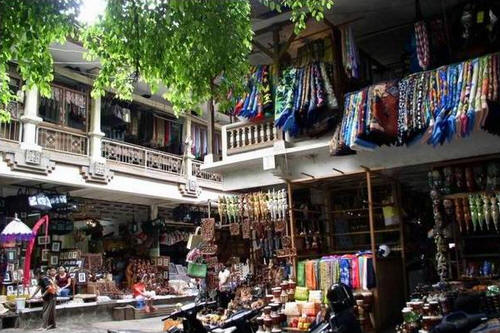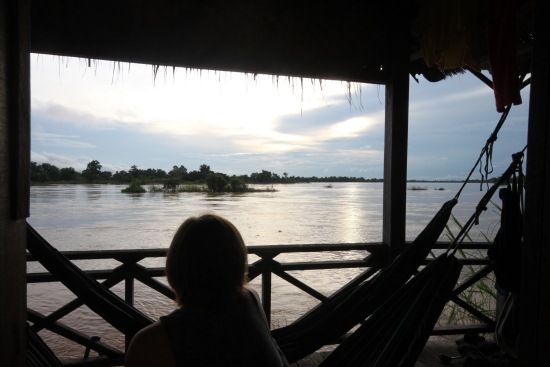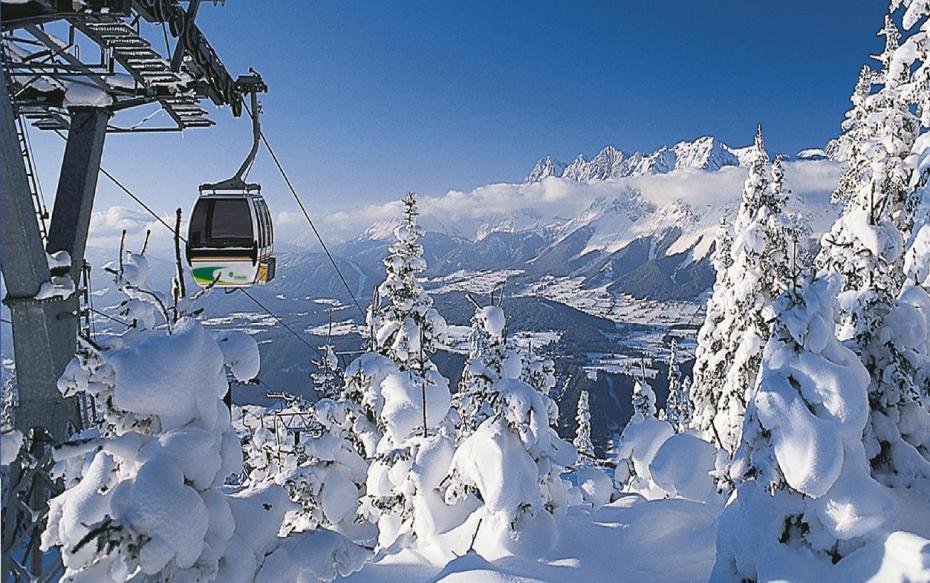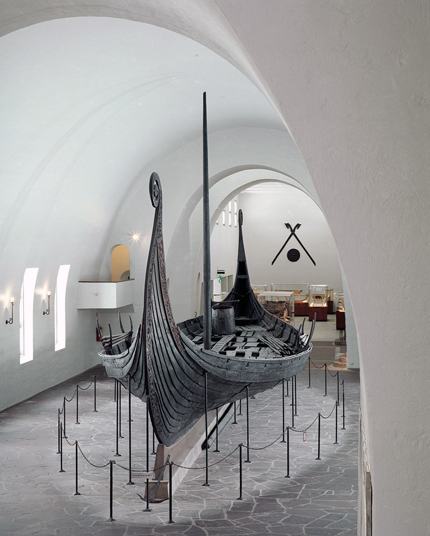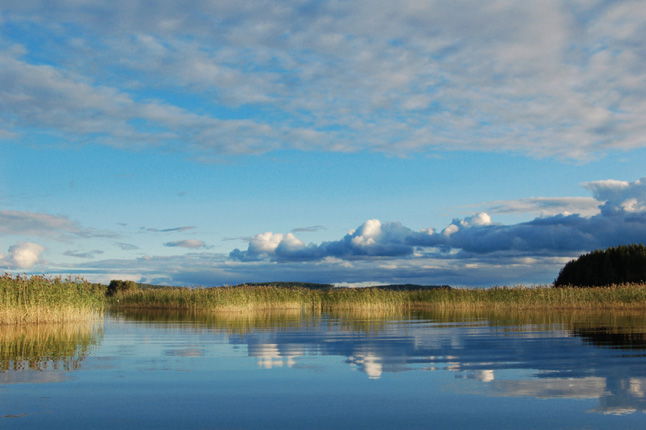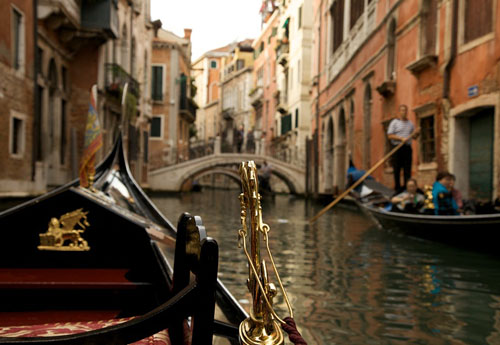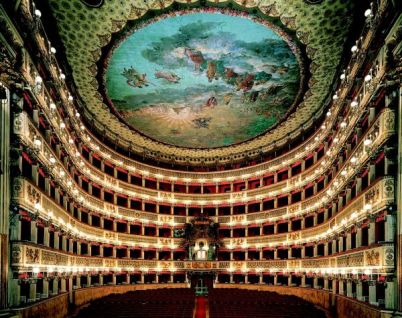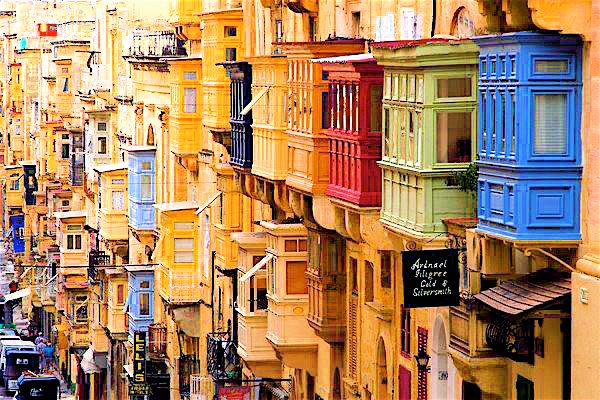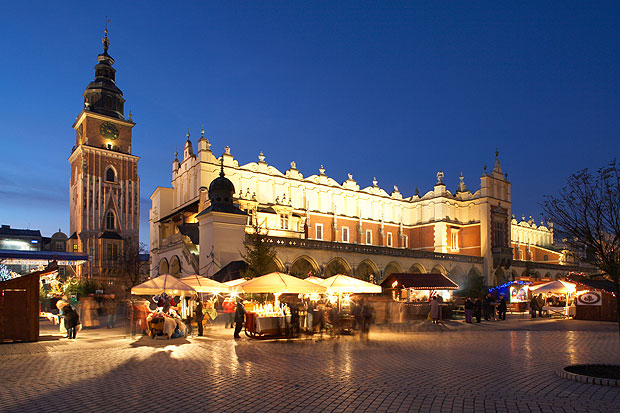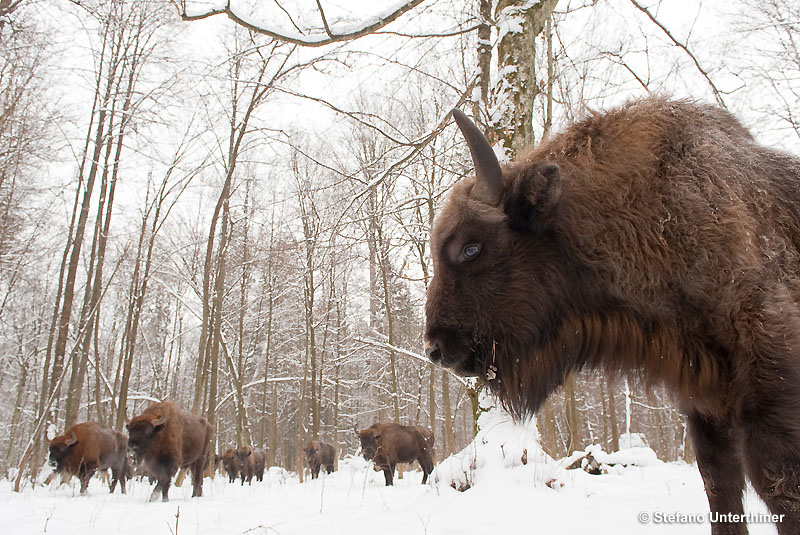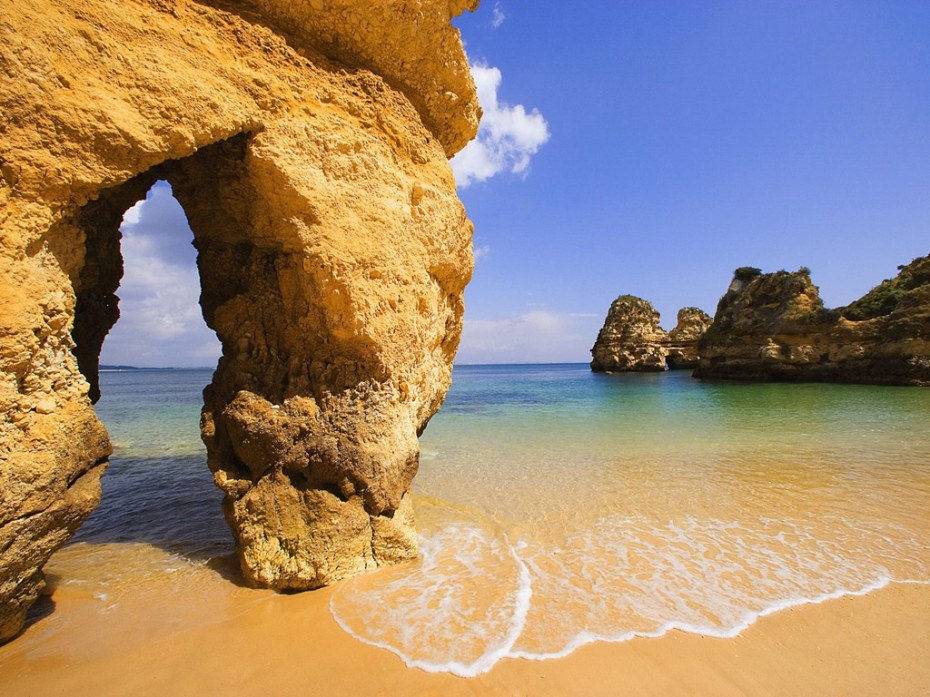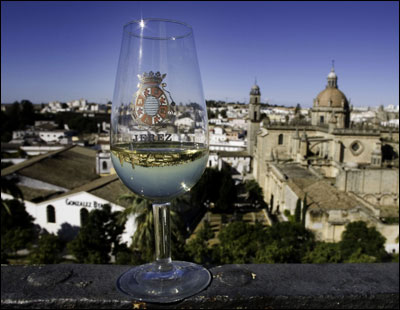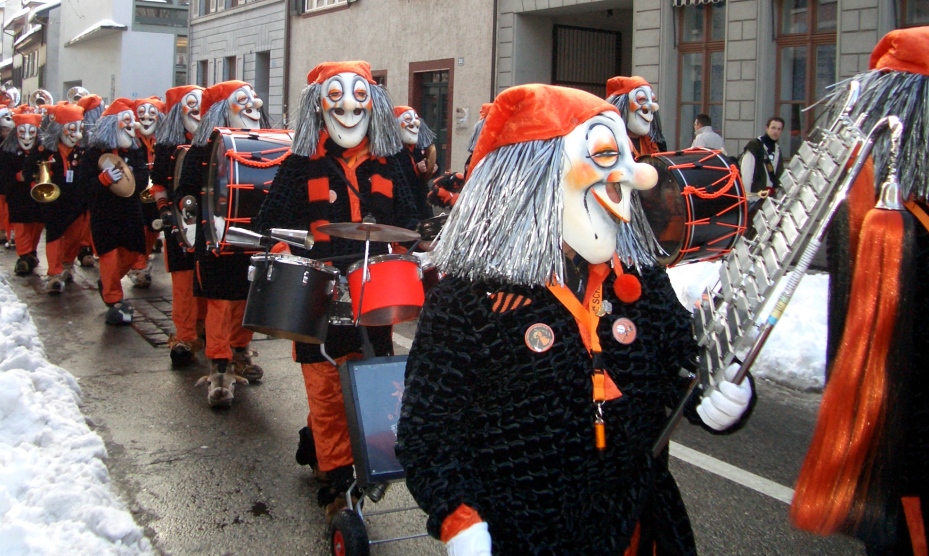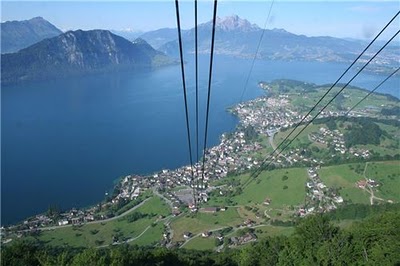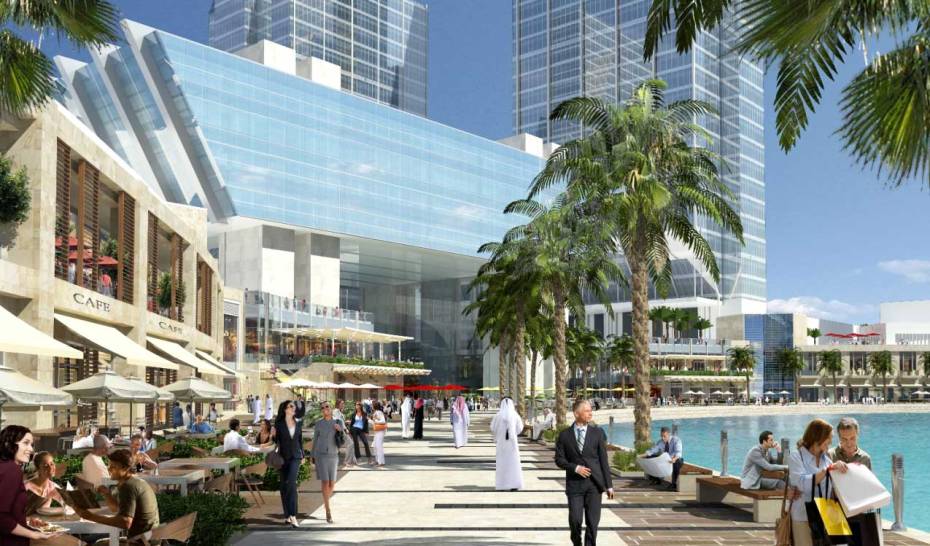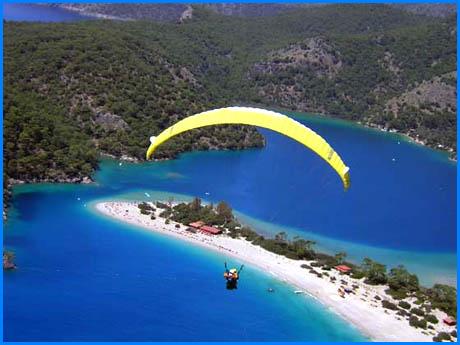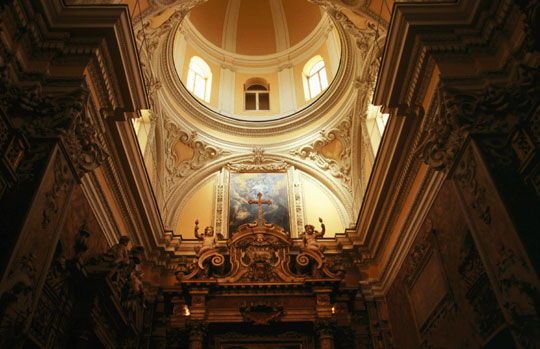BUENOS AIRES, ARGENTINA
1) Teatro Colon
The Teatro Colon, in the City of Buenos Aires, is considered one of the best theaters in the world. Acknowledged for its acoustics and the artistic value of its construction, it turned 100 years in 2008. It underwent a major renovation that took three years and $100-million to complete, and it reopened in May of 2010
2) We Are Tango
They combine dance lessons and a show into one, and it requires booking because they only allow 16 guests at a time making the evening more intimate
3) Paseo de Rosedal
A great place to take in the scenery, take some pictures, eat ice cream, watch the ducks, and you can even rent a paddle boat and float by the greek style bridge over the lake
4) Recoleta
This fashionable, upscale neighborhood is lined with cafes, boutiques and galleries and morphs into a street fair on weekends
5) Puerto Madero
By day, this riverfront area is a booming business and shopping district and by night, a hip neighborhood with pricey restaurants and fashionable clubs
RIO DE JANEIRO, BRAZIL
1) Sugar Loaf Mountain (Pao de Acucar)
Board the cable car that ascends this 390-foot granite mountain, which offers superb views of the city. Go at dusk to witness a glorious sunset
2) Cristo Redentor (Statue of Christ the Redeemer)
The view is undoubtedly fabulous but as views go, sunset at Sugar Loaf surpasses this city panorama
3) Teatro Municipal
Whether to attend a show or take a tour, it’s worth seeing this lavish 1909 theater, filled with gilded mirrors, statues, murals, stained-glass windows and sparkling chandeliers
4) Ipanema Beach
Popularized by the song “The Girl from Ipanema,” this world-famous beach gives foreign visitors a sense of life in Rio, displaying a cross-section of different lifestyles, chic boutiques and eateries and luxurious apartment buildings
5) Botanical Garden (Jardim Botanico)
The serene landscape is a respite from the rest of the city. The layout of the gardens is in a formal European style that is at times overwhelmed by the vigour of the tropical plants, trees and shrubs. For the visitor the jardim offers a quiet interlude in bustling Rio. Even on the hottest days the visitor can walk the garden shaded from the sun by the tall palms, trees and bamboo stands. Here and there you will find benches to sit and take a rest while looking out for the creatures that make it home; monkeys, toucans and other fascinating creatures that flit, fly and leap thru the canopy overhead.
CUSCO, PERU
1) Sacred Valley of the Incas
You will see amazing views of the Andes Mountains, the valley, and small Peruvian cities. Make sure you take plenty of cash to negotiate for gifts at the market
2) Hiram Bingham train
The Hiram Bingham is a luxury and exclusive service of Orient Express operated by PeruRail. It´s a journey in which the traveller will have a full day of unforgettable experiences between the mystical Andean mountains and the most exclusive luxury that a train can offer. The two dining cars, its bar car with observatory, its kitchen car; the welcoming with sparkling wine and its traditional dancing show are only few of the reasons that converted it in everything that it means today
3) Cusco Historic Center
Red buildings, towers of churches and the famous Incas walls create the unique and beautiful place. You can walk the streets for hours and discover new things
4) Inca Trail
The Inca Trail winds through the Andes Mountains, the classic route being a 4-5 day trek from Cuzco to Macchu Pichu. Concerns for overuse and erosion have resulted in regulation of the number of hikers that can start the trail each day (about 500). Only a limited number of guides are allowed to take travelers on the trail and it is closed in February for cleaning, as well
5) Cusco Cathedral
Dominating the northeast side of the Plaza de Armas, this magnificent renaissance-style, 16th-century building is in the shape of a Latin cross and contains nearly 400 colonial paintings including the Last Supper by Marcos Zapata
LIMA, PERU
1) Museo Larco
The Museo Larco is housed in an exquisite 18th century vice-royal mansion, built over a 7th century pre-Columbian pyramid and surrounded by beautiful gardens. The museum’s galleries exhibit the finest and most magnificent gold and jewelry treasures from Ancient Peru and the renowned erotic collection, one of Peru’s most celebrated attractions. Founded in 1926 and located in Lima, the Museo Larco holds the largest and most important archaeological collection of Ancient Peru in the world.
2) Magic Water Circuit
The Magic Water Circuit, recently inaugurated in the Reserve Park, has become one of the newest and most visited attraction in Lima. Honored with a Guinness Record and unique in America, this circuit offers thirteen impressive fountains that combine movement, lights, sounds and images. An amazing show to enjoy with all the family
3) Miraflores
Miraflores is one of the top tourist districts of Lima. The main hotels in this beautiful city are located by the Pacific ocean. Within the past few years, there have been a lot of new developments that offer several amenities such as fine cuisine, fast food, cyber cafes (internet for less than a dollar per hour), casinos, dancing, handcrafts, antiques flea markets, original paintings, cinemas, and much more. The traditional Miraflores beach is frequented by surfers and the riffs attracts paragliders.
4) Plaza de Armas
Once considered the heart of old Lima, this grand plaza features many important architectural monuments and buildings including a magnificent bronze fountain dating from 1650, the Archbishop’s Palace with its elegant balconies and the Government Palace dating from 1924
5) Barranco
Barranco district was founded on October 26th, 1874. It’s the smallest district of Lima and was always an attractive summer resort for middle and upper class residents of Lima and foreigners. Its known by its bohemian character and the home of various Peruvian writers (like Mario Vargas Llosa) and artists (like Victor Delfin). Today it has an artistic character and hosts rock, latin and creole music concerts at its many bars and pubs.

